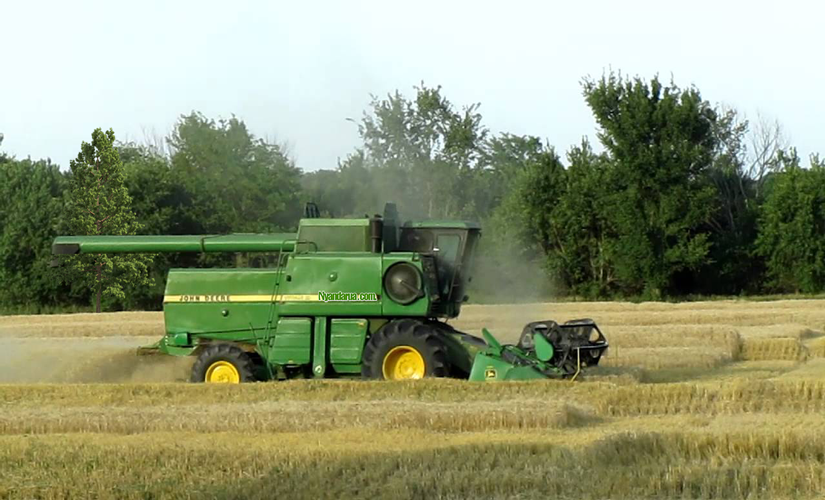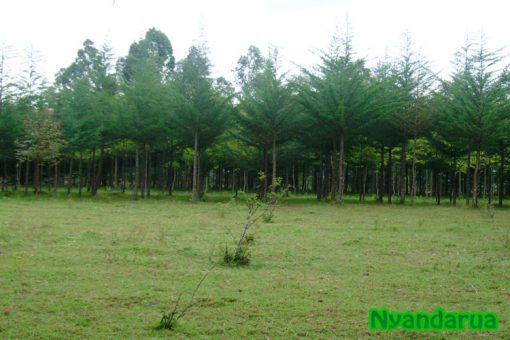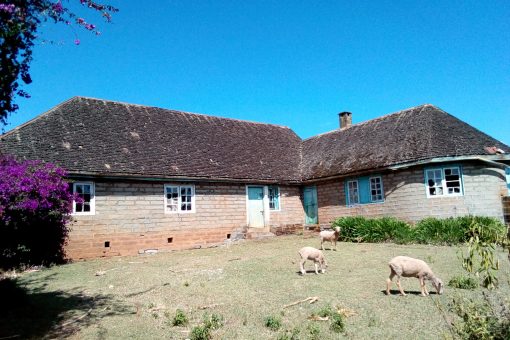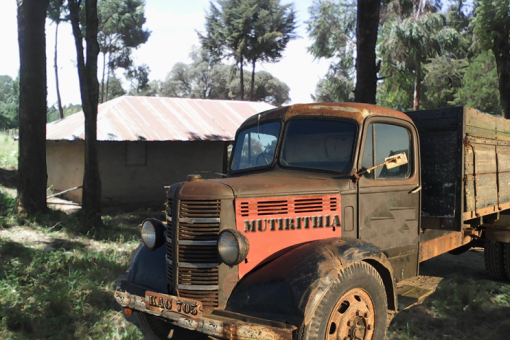These were the biggest farm machinery we had ever seen. They came in two colors. The most common was the John Deere in its signature green color and a yellow stripe. The other one was the fiery red Massey Ferguson. Combines were not a common farm equipment because they were used only once a year. Very few people had them, understandably so. Our Cooperative Society had two tractors for contracting to the farmers for plowing and harrowing, but they too did not own a Kigethi. It was too huge an investment for a seasonal job. The Mukurino who was contracted by our Cooperative Society to deliver milk to Nyahururu was the only person we knew locally who owned a Kigethi, alongside other farm equipments. There were other wealthy people who owned Igethi, but in far off places like Tumaini, OlJororok and Engineer. There were also a few British farmers who still owned farms in Nyandarua, and most had a range of farm equipment, including Igethi’s, which they contracted to local farmers on request.
With no telephone services back in the day, a wheat farmer traveled to the home of the Kigethi owner to book an appointment. There was always a waiting list. When you listed your name, you were given an appointment weeks into the future, unless there was a cancellation. Cancellations happened when farmers like my father who traveled a lot, happened to see a Kigethi at work along the Nairobi Nyahururu highway. He approached them and made his request. If he got an appointment for a closer date, he cancelled his local appointment, releasing that spot for somebody else in need.
The wheat was ready for harvest all over Nyandarua almost at the same time, meaning the Kigethi’s were booked solid. That is why farmers made sure the job was done to completion the day they had the Kigethi on their farm. The Kigethi worked on farms in one locality, finished the work and advanced to another location, sometimes many miles away. It was not unusual to hear a Kigethi driver tell us ours was the last job in the Olkalou area. By the next day they will be in Miharati, then Gilgil as they advance towards Mai Mahiu.
If one missed their chance, they waited for many weeks before the Kigethi returned, usually at the end of wheat harvest season, which was dangerously close to the start of the rainy season. If rain fell on dry wheat that was ready for harvest, the farmer lost the entire crop. It was a chance no farmer was willing to take.




